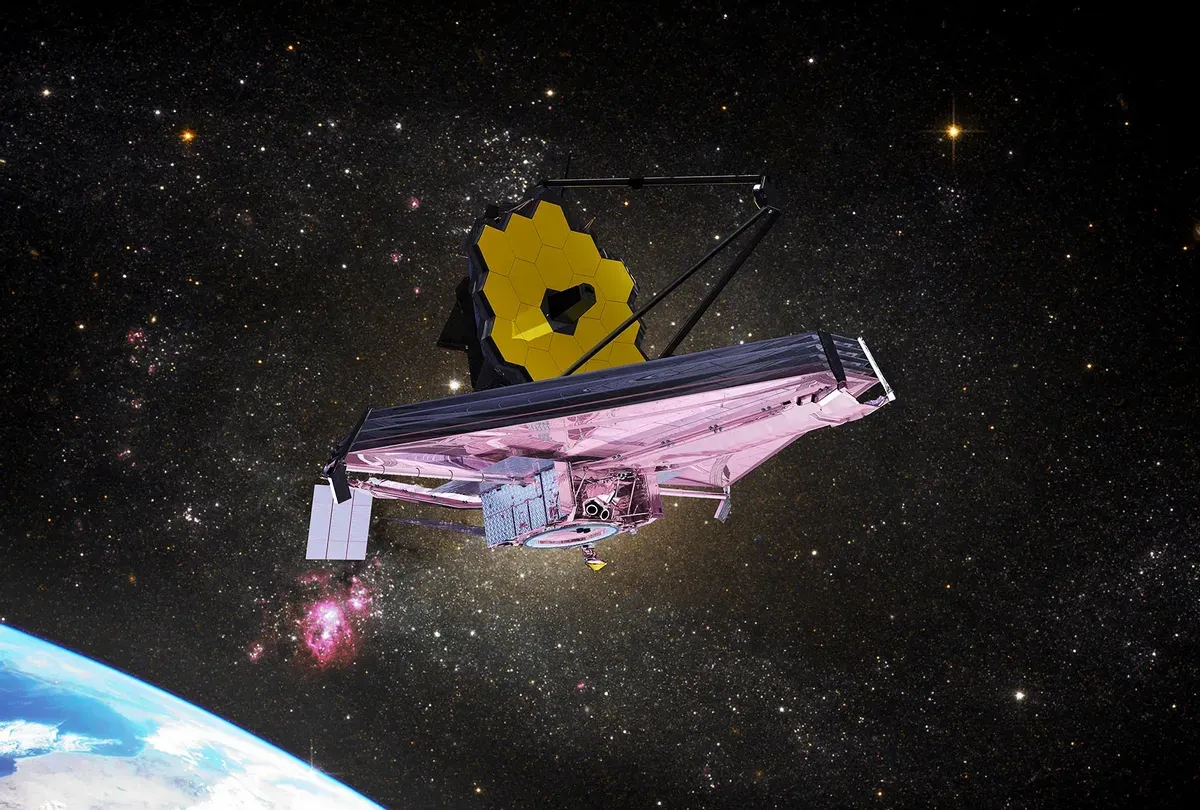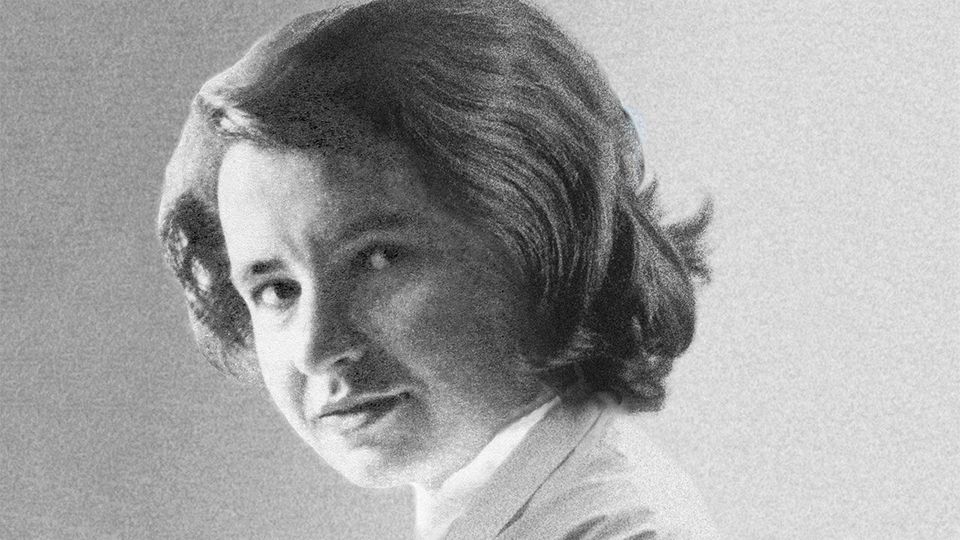"A Remarkable Discovery" from the James Webb Telescope
The James Webb Space Telescope has discovered the first galaxy to quench its star formation.

The James Webb Space Telescope has discovered what is thought to be the first galaxy to quench its star formation. The galaxy GS-9202 was first discovered in the early 2000s. Since then, researchers have laid out the possibility of this being a 'quenched galaxy' due to the wavelength of light it emits. Earth's atmosphere would absorbs the UV rays from the wavelengths that could give great detail to more information about the galaxy, so it was always impossible to know for sure if this was a quenched galaxy.
What is a quenched galaxy?
To undergo creation, galaxies need a lot of gas and dust- very, very cold gas. This cold gas is required for a galaxy to undergo a gravitational collapse. The larger the galaxy, the more cold gas is required for this process.
Quenching' is a process in which a galaxy loses its cold gas. When this happens, star formation is suppressed and galaxies become in route to becoming passive, or dead. It's thought that supermassive black holes may drive this process, as they collect all gas and dust floating nearby.
JWST's Discovery
Because of JWST's greater sensitivity in instrumentation, its easier to pick up even small traces in the universe. By making observations based on the information coming in from JWST, researchers were able to draw conclusions about the galaxy.
The GS-9202 galaxy formed 600 million years after the Big Bang. Most of the stars in the galaxy were formed in a 200 million year period. In that short time frame, the galaxy built around 40 billion masses of solar masses' worth of stars. It is suggested that the galaxy formed from a cloud of gas and dust that collapsed and ignited all of the stars at once. This is called a monolithic collapse.
However, after those 200 million years of formation, the frenzy came to a stop. Observations from JWST discovered an extra emission of infrared light that is associate with a quickly mixing mass of energized hydrogen. This is the sign of a growing black hole, that is now a billion times the mass of the sun. Scientists estimate that for the black hole to reach that size in less than a billion years, it has to be consuming everything in its path.



